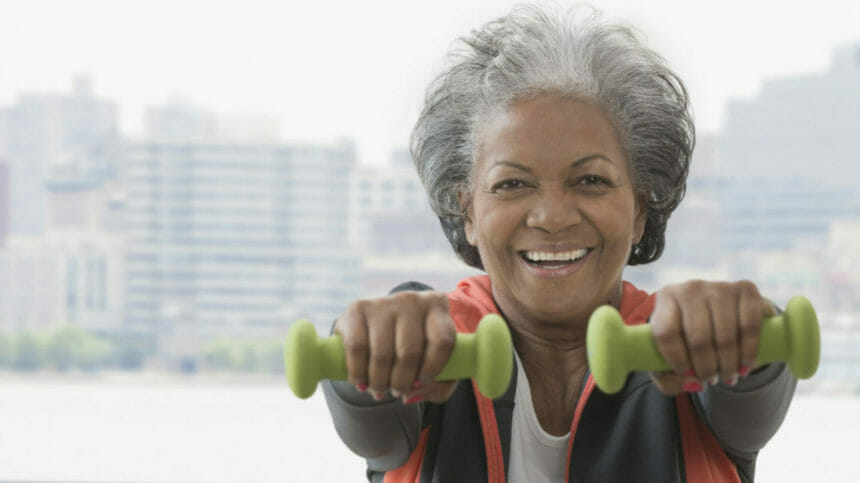
Older men and women benefit equally from strength training, but may be better served when therapists understand the differences in how and where they build muscle, according to a new review.
Investigators compared muscle mass and strength gains in 651 men and 759 women across 30 studies. Participant ages ranged from 50 to 90 years, and most had no resistance training experience.
The data showed that men are likely to gain more absolute muscle size, but match women’s gains when body size is factored into the equation, reported Mandy Hagstrom, Ph.D., an exercise physiologist at the University of New South Wales Sydney, in Australia. Beyond that, there are key differences that therapists should consider when prescribing resistance training techniques for each sex, she said.
In the study, older men were more likely to experience greater absolute improvements to their upper and lower body strength, for example. In contrast, older women saw the biggest increases in relative lower body strength.
“Older men might benefit from higher intensity programs to improve their absolute upper and lower body strength,” Hagstrom recommended. “But older women might benefit from higher overall exercise volumes — that is, more weekly repetitions — to increase their relative and absolute lower body strength.”
She also suggested longer training durations, which can help increase relative and absolute muscle size for older men and absolute upper body strength for older women.
“Strength training is very important and beneficial to our health, especially for older people,” Hagstrom concluded. “It can help prevent and treat many age-related chronic diseases, like diabetes, heart disease and arthritis.”
The study was published in the journal Sports Medicine.




